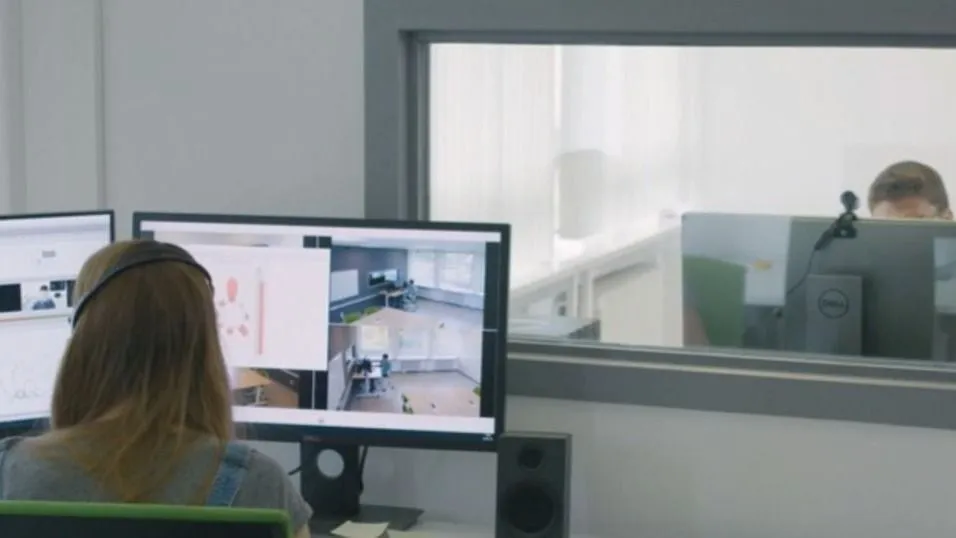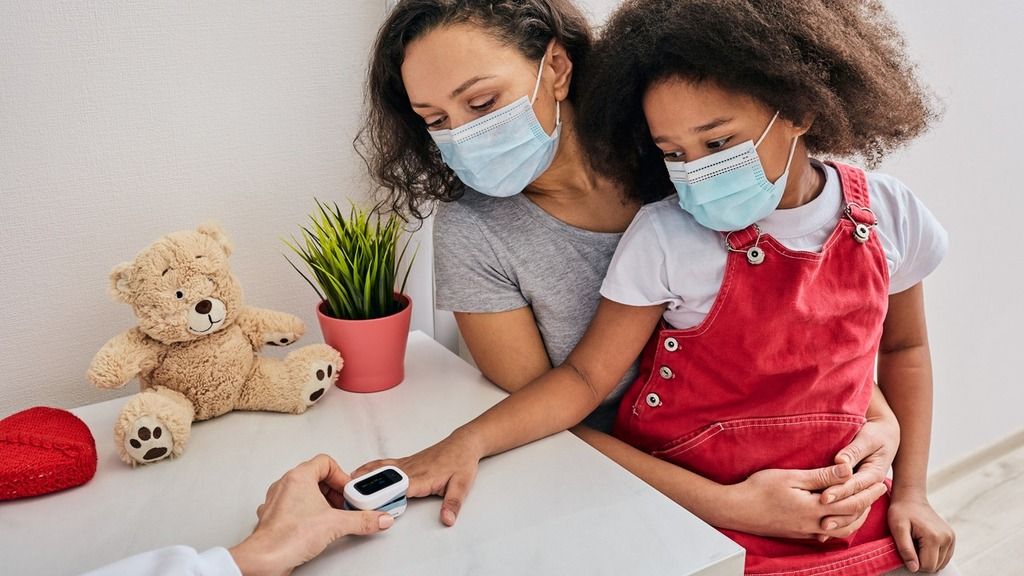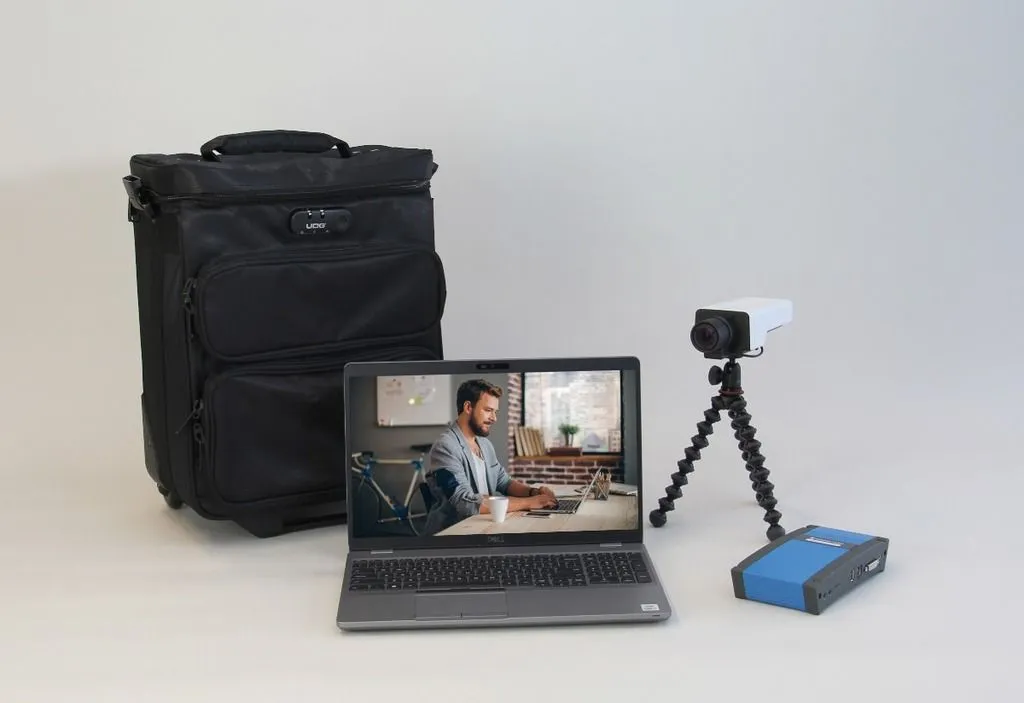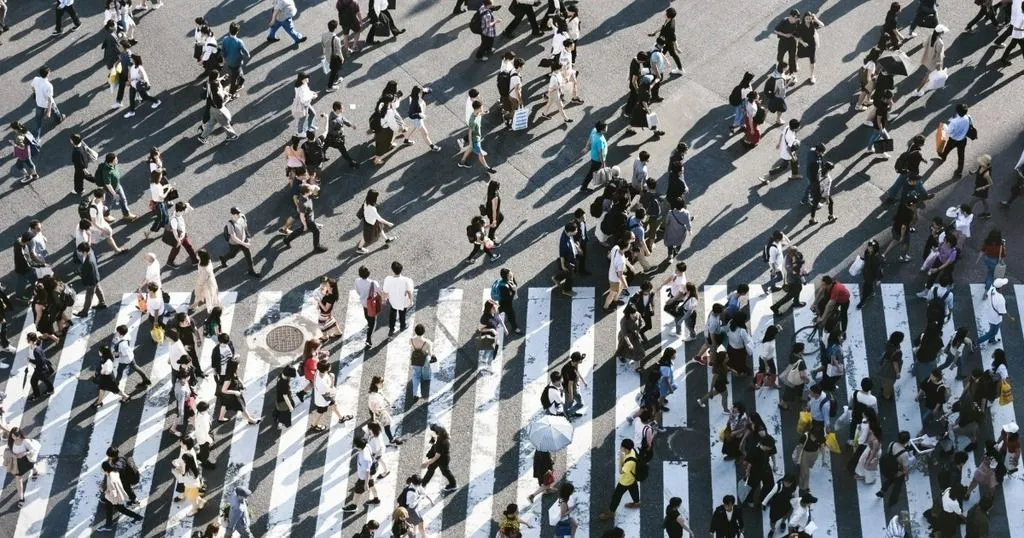How to conduct research with human participants during COVID-19
Are you going to pick up research with human participants again? Here are some useful tips to ensure safety and hygiene in a corona-proof lab.
Posted by
Published on
Thu 10 Sep. 2020
Topics
| Viso | Behavioral Research | Labs | Portable Lab |

The COVID-19 outbreak and resulting pandemic has had a big impact on all of us. Many adjustments in our daily life and work were necessary and have been made. Some were easy to accomplish, while others took more effort.
Labs closed, projects were put on hold, we had to work from home in order to keep physical distance from each other, and the circulating virus may have created uncertainties about our own health and that of our families. Particularly the physical distance made many things impossible. In some cases experimental data were lost because of the interrupts.
Resuming research with human participants
We are now a few months later, and although a lot of research work could continue using a site license, we feel that the need to do experiments in a physical lab again is growing. Luckily, restrictions have slowly been lifted, but the questions remains how to safely conduct an experiment with human participants nowadays? What needs to be done differently? What should you pay extra attention to and how to accomplish that? How can you set up a corona-proof lab?
Safety and hygiene in a corona-proof lab
First of all, it is important to assure that the research activity or experiment really needs to be done in the lab. Describe why it can’t be done remotely and how the activity will be conducted in a manner that will meet safety requirements. Make sure participants complete questionnaires at home as much as possible.
When participants are invited to come to the lab, make sure you can offer safety and hygiene surrounding corona before, during, and after the experiment. Always follow any guidelines or instructions from the specific facility (e.g. college, hospital, clinic) where the participant interaction would occur.
Before the experiment
- Plan well if several participants are invited to come to the lab on the same day. Make sure they do not have to run into each other or congregate at the research site.
- Participants should fill in screening questions to identify any COVID-19 related symptoms, exposure to COVID-19 via close contact with others diagnosed with COVID-19, or air travel and/or travel to a country/state with a recommended quarantine period. Participants who do not “pass” the screening process will not be able to participate in studies until the conditions are met.
- Close access to common areas where possible (e.g. waiting areas, staff break areas).
- Position equipment and seats and tables in a way to allow for at least 1.5 meters (6 feet) of distance.
- Both researchers and participants should wash their hands before the experiment starts.
During the experiment
- Make sure the lab space is properly ventilated.
- Maintain physical distancing wherever possible, for example make sure you enter the experiment room separately.
- The researcher should wear disposable gloves, a facial covering, and safety glasses (if necessary), when physical contact with the participant is required. For example, when attaching a sensor.

After the experiment
- Both researchers and participants should wash their hands again.
- Clean all the equipment, such as devices, chairs, computer mice and keyboards, and even pens after the experiment is over.
Flexible lab setup
Social distancing measures are likely to persist for several months. The best way for researchers to be able to continue collecting their research data, is to observe one participant at a time, or dyads of the same household. This way the requirements for social distancing are met. Especially if the researcher can give the instructions from outside the observation room.
For example, the software Viso provides the Push-to-Talk functionality. With this software feature you can give the participants live feedback from outside the room they are in, using the built-in Push-to-Talk button in Viso. You do not have to meet at a close distance.
Besides, with Viso, you can remotely start and stop recording and play back and annotate the recordings from your own device. There is no need to share computers in the lab with others, eliminating the need to clean this equipment and saving time.
The Viso Web App allows you to join sessions from outside of the Viso lab and to involve stakeholders, allowing them to join the session from their own desk.
FREE WHITE PAPERS: How to build a research lab
Do you want to learn more how to set up a research lab? Read on for the perfect tips & tricks!
- Which requirements do you need?
- What equipment is needed?
- Download 3 free 'how to' guides!
Portable observation lab
If inviting participants to a stationary lab is not possible, but your research requires observing human subjects, the portable observation lab is the answer! It is more flexible, contains less equipment to install and thus to clean, and it enables you to do research on-site, in the natural environment of the participants.
A portable lab can be set up in under 10 minutes:
- Open the suitcase
- Set up your lab equipment
- Plug in and start to record

When your study involves multiple participants, who need to keep physical distance, it can be difficult to properly record the audio of all participants. Noldus supplies the Sennheiser microphone (type MEB 114-s b) along with the portable lab to solve this problem. It guarantees excellent speech accuracy.
After recording, all videos can be stored using Viso software, which ensures for a safe storage and offers the possibility to use the portable lab immediately for new recordings.
Take appropriate steps to eliminate risks
The novel coronavirus that causes COVID-19 will keep on going. COVID-19 remains a risk until effective treatments and vaccines are widely available. No one can predict how long restrictions will last. This causes a lot of uncertainty.
Therefore, researchers performing research with human subjects must inform participants of the risks of COVID-19 that might be encountered due to the research, and take appropriate steps to mitigate these risks.
References
Related Posts

What is behavior?

5 Tips for writing better Horizon Europe grant proposals
